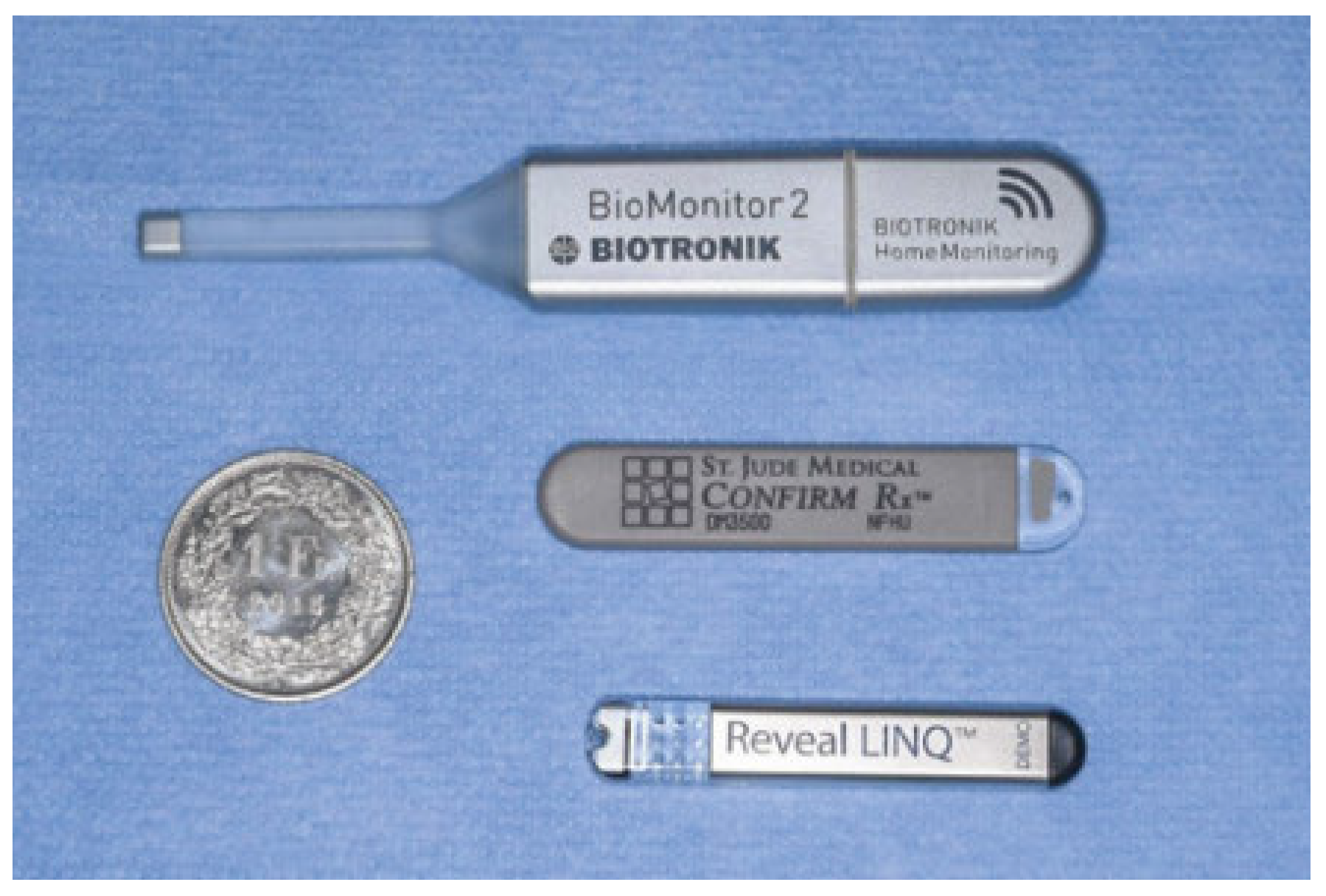Implantable Loop Recorders
Overview
Indications
Patients suffering from syncope
Patients with infrequent, undocumented palpitations
Patients at risk for atrial fibrillation
ILR for risk stratification in inherited cardiomyopathies
Key messages
- Implantable loop recorders (ILRs) offer the potential for long-term ECG monitoring over 2–3 years with a minimal intervention risk
- In patients suffering from syncope or palpitations, ILR offers the chance to document a symptom-ECG correlation, especially in patients with rare or infrequent episodes
- Before implanting an ILR, it is essential to correctly exclude high-risk patients who could benefit from other devices such as ICDs
- Insurance coverage needs to be checked for some of the indications, as reimbursement across countries and insurances varies substantially
Disclosure statement
References
- Brignole, M.; Vardas, P.; Hoffman, E.; Huikuri, H.; Moya, A.; Ricci, R.; et al. Task Force members; EHRA Scientific Documents Committee; Document Reviewers; EHRA Scientific Documents Committee. Indications for the use of diagnostic implantable and external ECG loop recorders. Europace 2009, 11, 671–687. [Google Scholar] [CrossRef] [PubMed]
- Soteriades, E.S.; Evans, J.C.; Larson, M.G.; Chen, M.H.; Chen, L.; Benjamin, E.J.; et al. Incidence and prognosis of syncope. N Engl J Med 2002, 347, 878–885. [Google Scholar] [CrossRef] [PubMed]
- Edvardsson, N.; Frykman, V.; van Mechelen, R.; Mitro, P.; Mohii-Oskarsson, A.; Pasquié, J.L.; et al. PICTURE Study Investigators. Use of an implantable loop recorder to increase the diagnostic yield in unexplained syncope: results from the PICTURE registry. Europace 2011, 13, 262–269. [Google Scholar] [CrossRef] [PubMed]
- Waktare, J.E.; Malik, M. Holter, loop recorder, and event counter capabilities of implanted devices. Pacing Clin Electrophysiol. 1997, 20 Pt 2, 2658–2669. [Google Scholar] [CrossRef] [PubMed]
- Krahn, A.D.; Klein, G.J.; Yee, R.; Skanes, A.C. Randomized assessment of syncope trial: conventional diagnostic testing versus a prolonged monitoring strategy. Circulation 2001, 104, 46–51. [Google Scholar] [CrossRef] [PubMed]
- Kolominsky-Rabas, P.L.; Weber, M.; Gefeller, O.; Neundoerfer, B.; Heuschmann, P.U. Epidemiology of ischemic stroke subtypes according to TOAST criteria: incidence, recurrence, and long-term survival in ischemic stroke subtypes: a population-based study. Stroke 2001, 32, 2735–2740. [Google Scholar] [CrossRef] [PubMed]
- Bhatt, A.; Majid, A.; Razak, A.; Kassab, M.; Hussain, S.; Safdar, A. Predictors of occult paroxysmal atrial fibrillation in cryptogenic strokes detected by long-term noninvasive cardiac monitoring. Stroke Res Treat 2011, 2011, 172074. [Google Scholar] [CrossRef] [PubMed][Green Version]
- Sanna, T.; Diener, H.C.; Passman, R.S.; Di Lazzaro, V.; Bernstein, R.A.; Morillo, C.A.; et al. CRYSTAL AF Investigators. Cryptogenic stroke and underlying atrial fibrillation. N Engl J Med 2014, 370, 2478–2486. [Google Scholar] [CrossRef] [PubMed]
- Kirchhof, P.; Benussi, S.; Kotecha, D.; Ahlsson, A.; Atar, D.; Casadei, B.; et al. 2016 ESC Guidelines for the management of atrial fibrillation developed in collaboration with EACTS. Europace 2016, 18, 1609–1678. [Google Scholar] [CrossRef]
- Sacher, F.; Probst, V.; Iesaka, Y.; Jacon, P.; Laborderie, J.; Mizon-Gérard, F.; et al. Outcome after implantation of a cardioverter-defibrillator in patients with Brugada syndrome: a multicenter study. Circulation 2006, 114, 2317–2324. [Google Scholar] [CrossRef] [PubMed]


| High-risk criteria | |
|---|---|
| Clear indication for an implantable cardioverter-defibrillator or a pacemaker | |
| Severe structural heart disease (including coronary artery disease) with signs of heart failure or significantly impaired left ventricular ejection fraction | |
| ECG signs suggesting a relevant arrhythmic syncope: | |
| |
| |
| |
| |
| |
| |
| |
| |
| |
© 2018 by the author. Attribution - Non-Commercial - NoDerivatives 4.0.
Share and Cite
Breitenstein, A. Implantable Loop Recorders. Cardiovasc. Med. 2018, 21, 66. https://doi.org/10.4414/cvm.2018.00549
Breitenstein A. Implantable Loop Recorders. Cardiovascular Medicine. 2018; 21(3):66. https://doi.org/10.4414/cvm.2018.00549
Chicago/Turabian StyleBreitenstein, Alexander. 2018. "Implantable Loop Recorders" Cardiovascular Medicine 21, no. 3: 66. https://doi.org/10.4414/cvm.2018.00549
APA StyleBreitenstein, A. (2018). Implantable Loop Recorders. Cardiovascular Medicine, 21(3), 66. https://doi.org/10.4414/cvm.2018.00549




